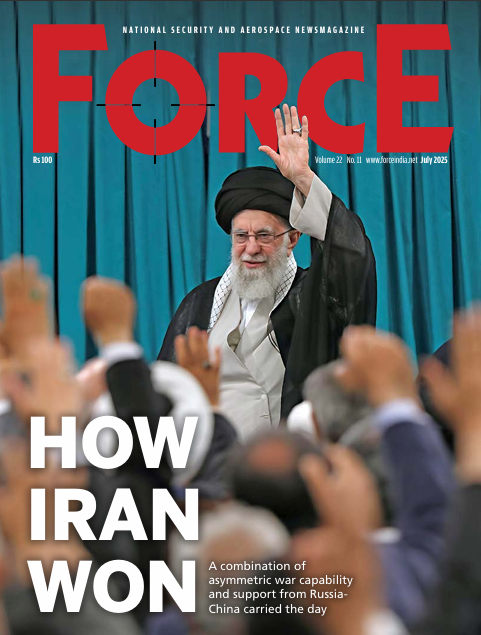Books | Behind the Scenes
 A.S. Dulat
A.S. Dulat
I first met Ajit Doval a little over three decades ago, in the parking lot of the IB office in North Block. He was very young then and three years junior to me, but equally bright, and under the aegis of M.K. Narayanan, he was rising star. I don’t remember much of our conversation, but I do remember Ajit telling me enthusiastically of what a privilege it was to work with a boss like Narayanan. Hero worship aside, what struck me—and has stayed with me since—is the ambition that lies behind such a declaration.
His focus, even then, was on the chief. It was natural, of course, and it was important in a field such as ours. If you are on the right side of the chief, you stand a much better chance. That’s not to say that I was ever on Narayanan’s wrong side, but I don’t think anyone was as much on his right side as Ajit Doval in those days. He had the determination to go places.
Ajit’s legendary career is a well-known one, although it didn’t really take off until he was sent to the Northeast, to Mizoram, where he served as the head of the Subsidiary Intelligence Bureau (SIB), the local unit of the IB. Doval arrived in Aizawl in 1972. It was a tricky time to be in the Northeast.
Half a decade earlier, in 1966, rebellion had broken out across the hills, then still a part of Assam. The Mizo National Front (MNF), headed by Laldenga, a former army havaldar, established a separatist insurgency. By the time Doval arrived in the region, the violence had waned, though the atmosphere was still palpably tense and the tide was turning against the MNF.
Following the creation of Bangladesh in 1971, the MNF rebels were left without a place to seek refuge. There w
Subscribe To Force
Fuel Fearless Journalism with Your Yearly Subscription
SUBSCRIBE NOW
We don’t tell you how to do your job…
But we put the environment in which you do your job in perspective, so that when you step out you do so with the complete picture.








